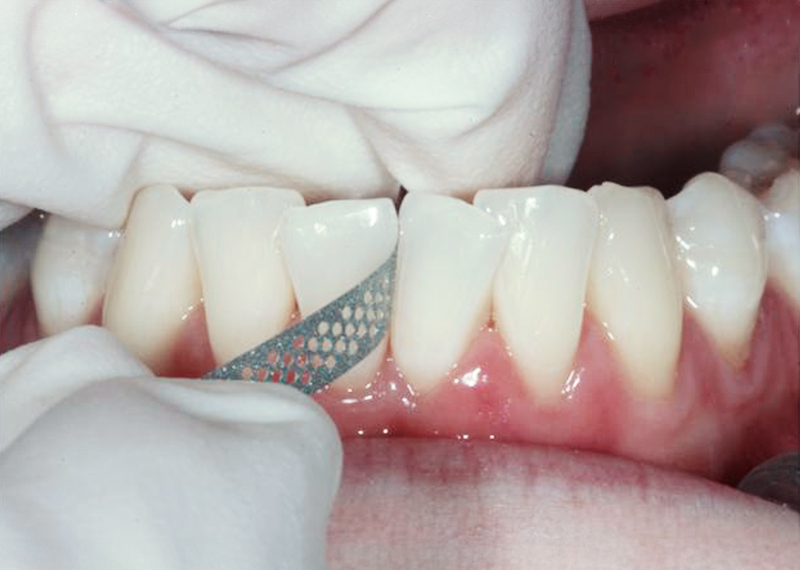
Interproximal reduction (IPR), also known as “tooth stripping” or “interdental reduction,” is the removal of small amounts of outer enamel tooth surface between two adjacent teeth. This is beneficial when a small amount of dental crowding must be eliminated, and the removal of adult teeth or expansion of the dental arches by themselves are not the best options. In other words, it is a means to acquire additional space to create ideal tooth alignment.


This procedure is performed by hand, using a thin, flexible diamond-coated strip that is worked back and forth between your teeth like a fingernail file. A very small part of the thickness of a tooth’s enamel is trimmed where space is needed for orthodontic realignment.
1.jpg)
Even though we are talking about removing enamel from living teeth, the amount of enamel that is being removed is small, and the thickness of the enamel is so great. Generally, no discomfort is experienced. Plus, there are no nerve endings in the outer layer of the tooth. So overall, this procedure is not painful and is a very safe and effective means of creating ideal tooth alignment.
After your interproximal reduction is performed, you may notice small spaces between your teeth. After all, making space is the whole idea associated with the procedure. Your new spaces may not, however, be noticeable to others. As your treatment progresses, these spaces will become smaller and smaller until they are fully closed.
Because only a very minor amount of enamel is removed, IPR does not result in the tooth appearing any thinner, nor should it result in an increased risk of tooth decay or sensitivity. There is nothing new about orthodontists performing interproximal reduction on teeth. In fact, this procedure has been in use for decades, and many dental researchers have evaluated its long-term effects with no increased incidence of dental problems (e.g., cavities).